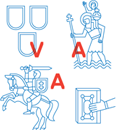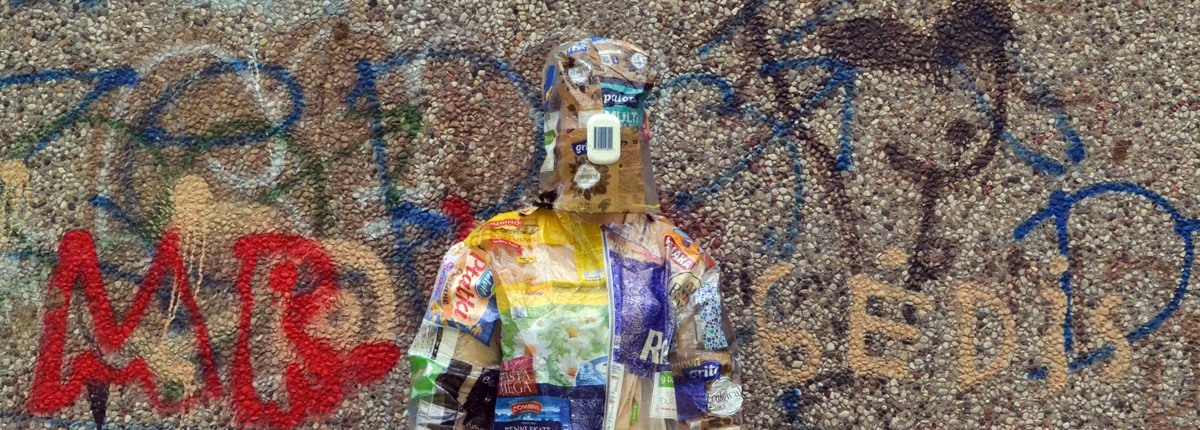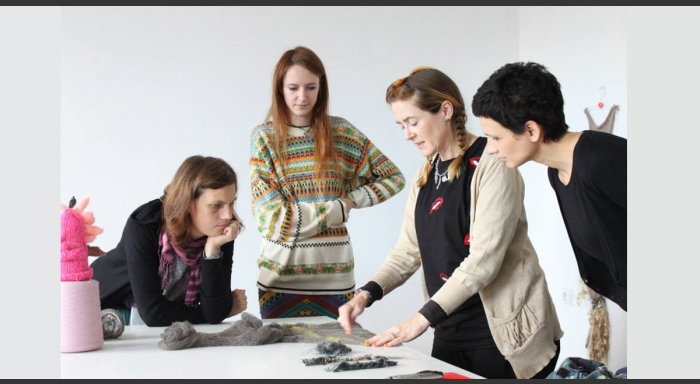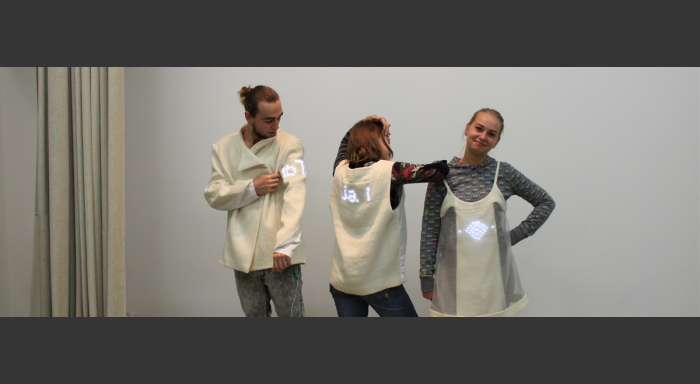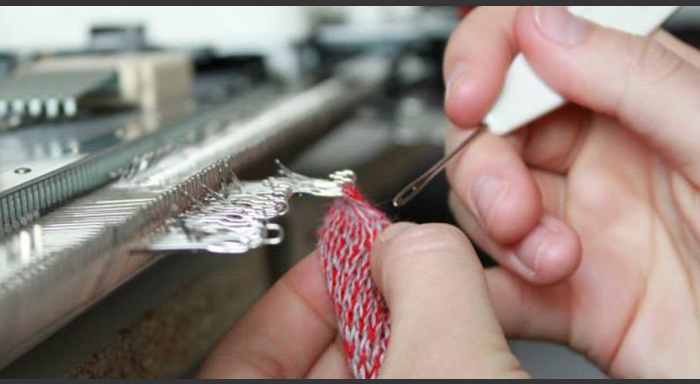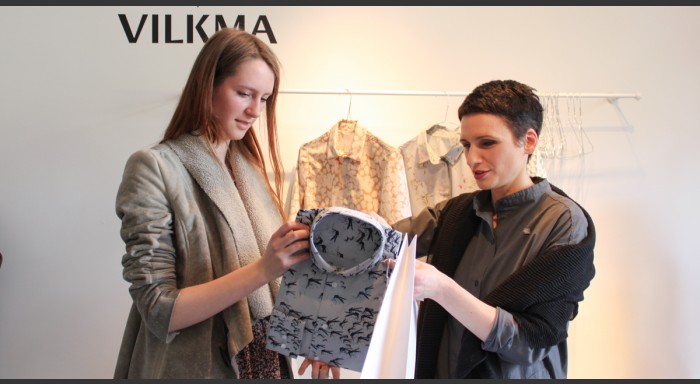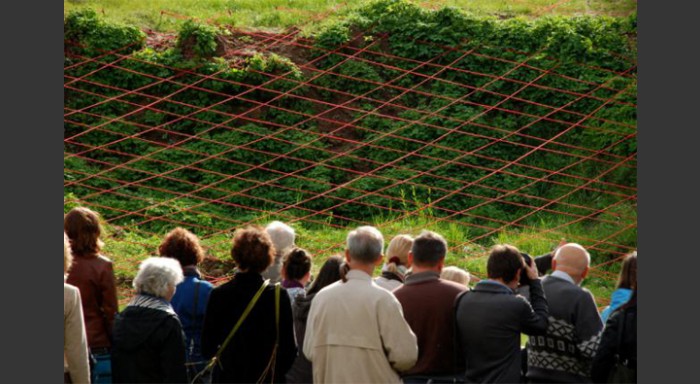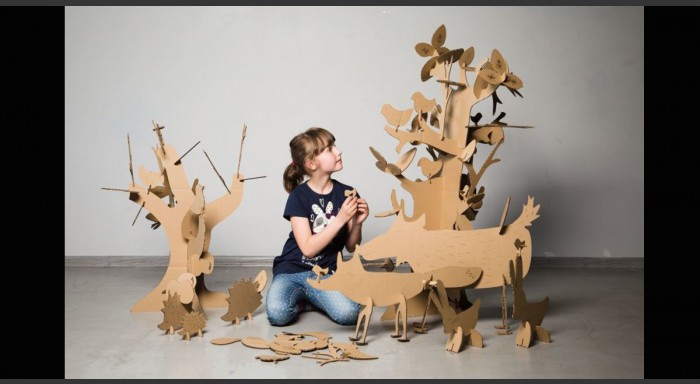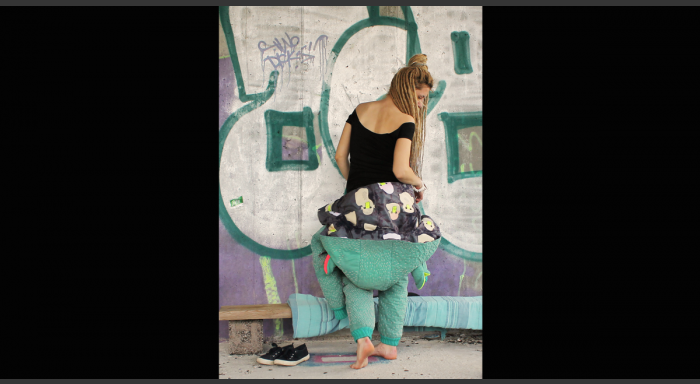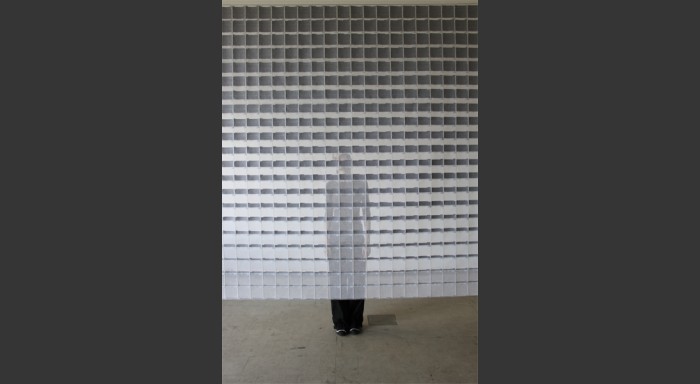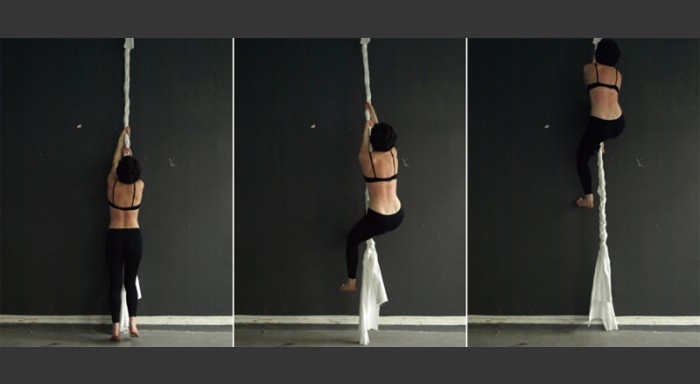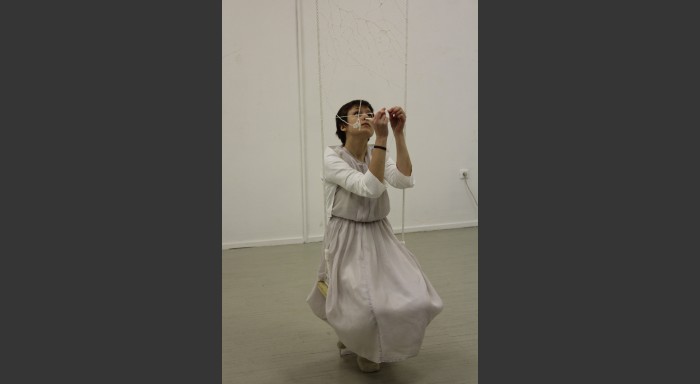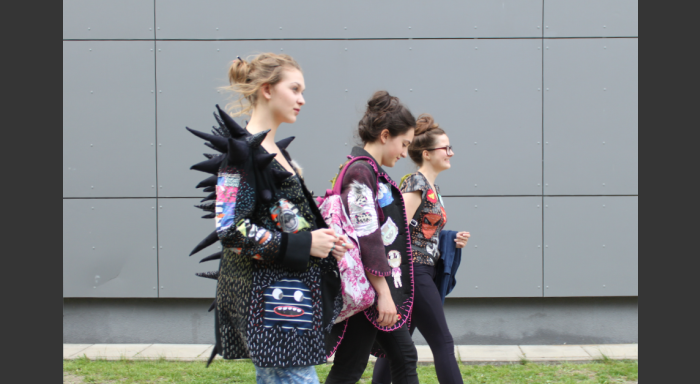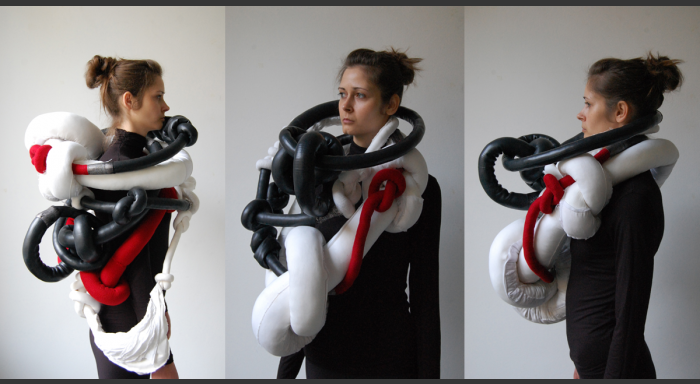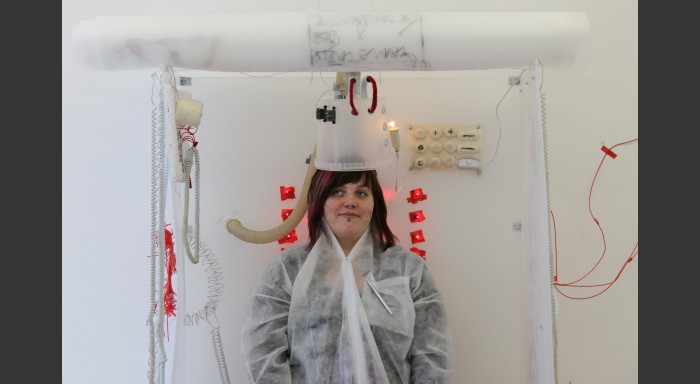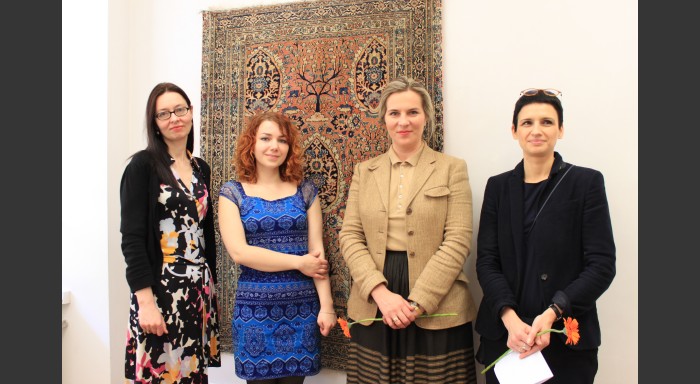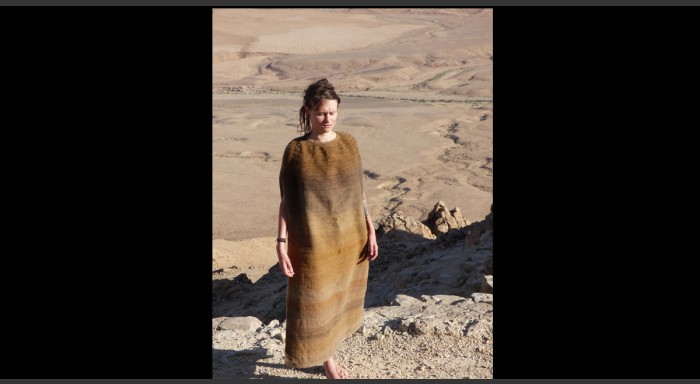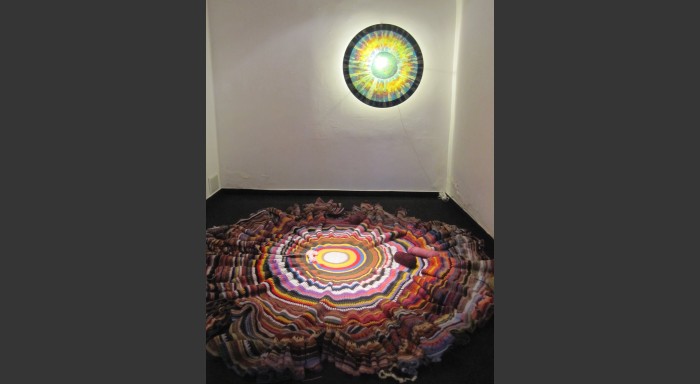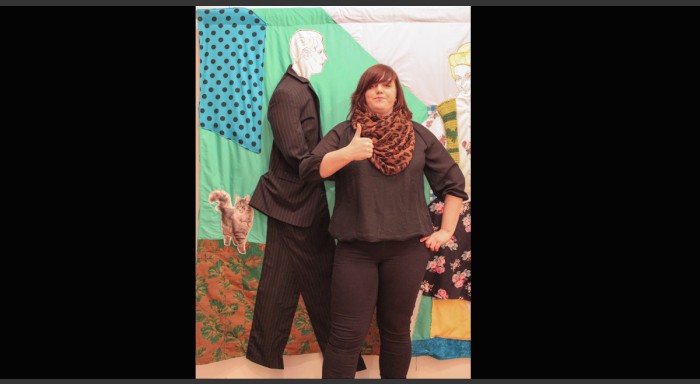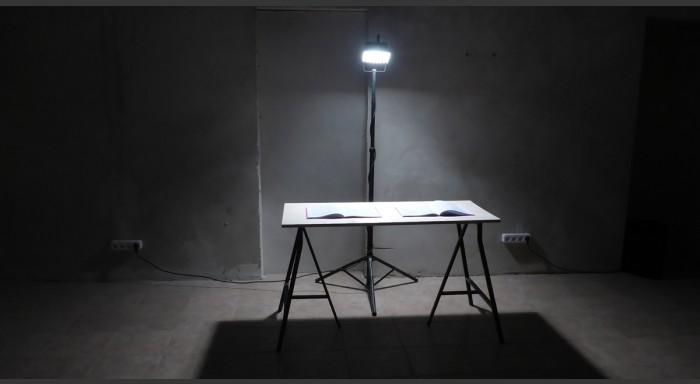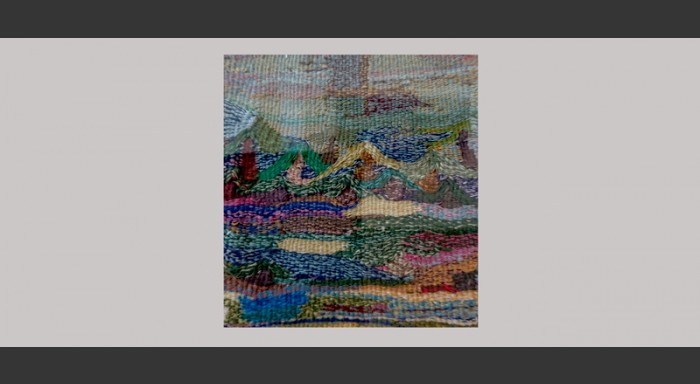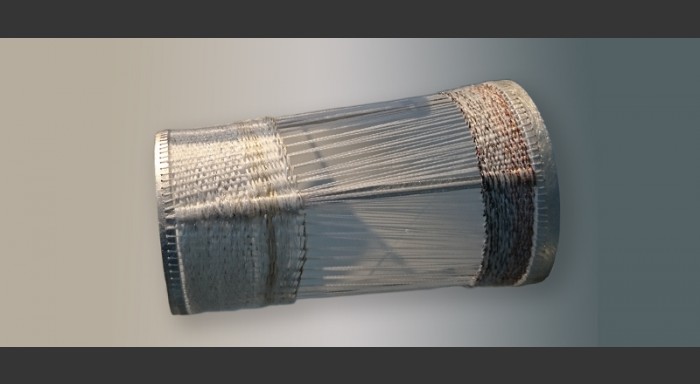The authors of the study programme of the Textile Department of Vilnius Academy of Arts (VAA) follows the principle that contemporary textile art is a meeting point for applied and visual arts. Therefore, the VAA’s Textile programme for a Bachelor’s degree fosters a coherent development of cultural and technological skills, critical thinking, awareness and autonomy of students in choosing artistic textile contexts for their self-expression.
The values of the Textile Department of VAA are defined as an interaction of emphasis on the individuality of textile artists through the development of artistic ideas, excellent understanding and mastery of means and possibilities of expression of textile, and the ability to understand today’s problems, reflect on them and express oneself in the cultural context.
The study programme of the Textile Department of VAA is based on the concept of “textile thinking” formulated by the ArcInTex network of international researchers, in which textile is perceived as a wide ranging field of textile culture, art, craft and design.
Programme teachers and students collaborate with Lithuanian and foreign higher education institutions, textile industries, curators of exhibitions and art managers. The study programme is focused on self-studies, problem-based interactive learning methods, search for ideas and their visual representation along with technological experiments. A great deal of attention is paid to individual counselling, discussions, entrepreneurial skills and knowledge of contemporary art contexts, discussion of teamwork assignments, development of independent creativity and innovative approach in art.

